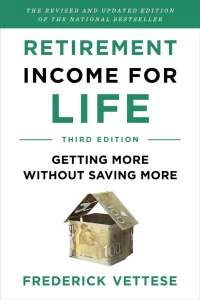Midwives play a rather important role in maternal healthcare. They provide crucial support to expectant mothers before, during, and after childbirth. While the focus of midwifery is on delivering excellent care to patients, it’s equally important for midwives to have a financial plan in place for themselves. Here’s a look at how midwives can prepare.

By Dan Coconate
Special to Financial Independence Hub
Retirement planning is a critical step in ensuring Financial Independence and peace of mind after years of dedication to a meaningful career.
For midwives, who are often focused on caring for others, planning for their own future can sometimes take a backseat. This guide emphasizes how to prepare for retirement as a midwife so that you can build a solid plan that focuses on future financial strategies, career development, and truly golden years.
Get Familiar with your Financial Landscape
To plan effectively for retirement, you need a clear understanding of your financial situation, goals, and needs. Start by calculating your current income, savings, and any existing retirement benefits. Many midwives work as independent contractors or part-time employees, which can often mean fluctuating income. Identify what portion of your earnings you can set aside monthly for retirement savings.
Review any benefits offered by your employer, such as pensions or retirement savings programs, such as 401(k). If these aren’t included, consider opening a traditional or Roth IRA. Understanding your financial opportunities and constraints will form the foundation of your retirement strategy.
Explore Savings Plans and Investment Opportunities
Midwives often face unique challenges in saving for retirement due to irregular salaries or periods of self-employment. That’s why exploring diverse savings plans and investment opportunities is critical.
Consider options, such as SEP IRAs, which allow self-employed midwives to contribute higher amounts than personal IRA plans. Diversifying investments can also bolster your long-term savings. Look into index funds, bonds, or low-risk mutual funds to create a balanced portfolio. Remember, the earlier you start, the more time your compounding interest will grow your nest egg. Continue Reading…





